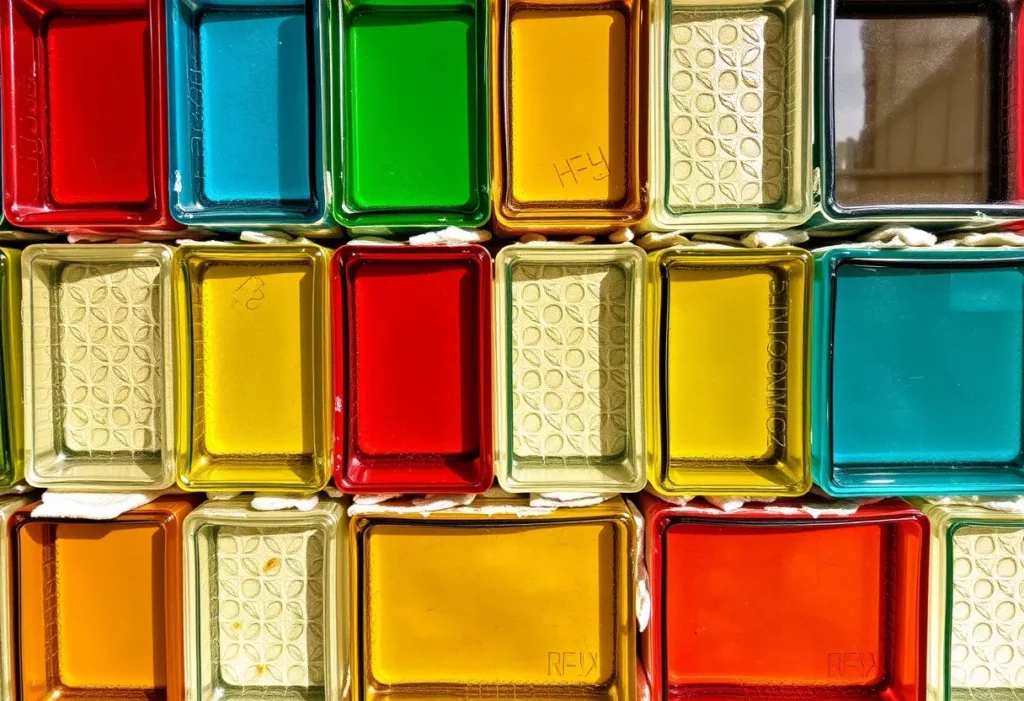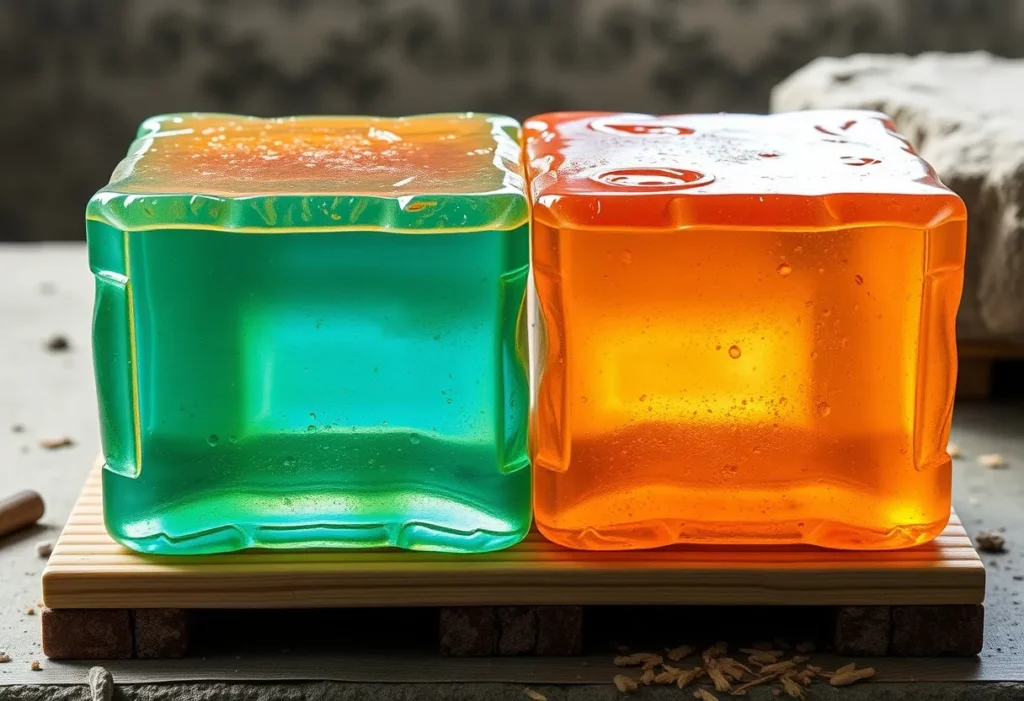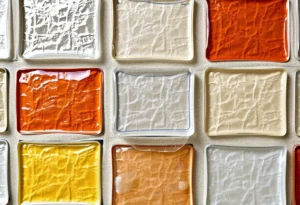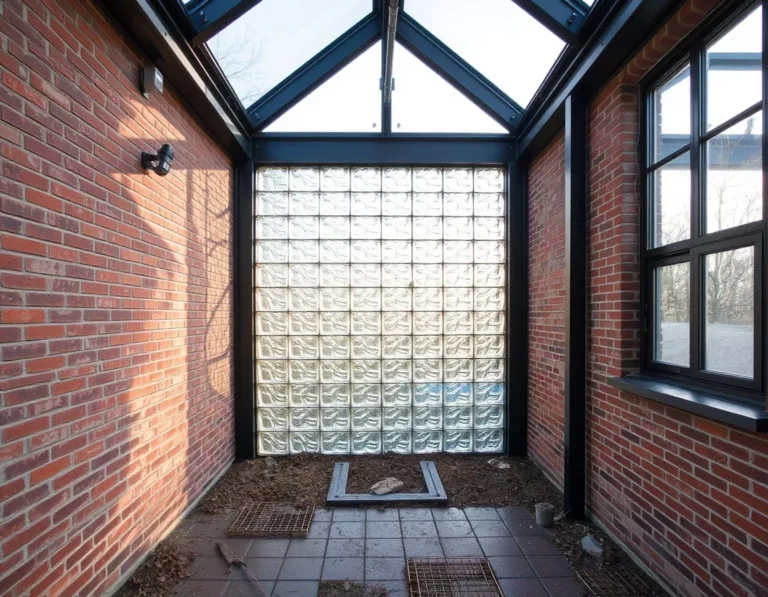> Blogs > Understanding Glass Blocks and Glass Bricks: Their Features and Applications
Understanding Glass Blocks and Glass Bricks: Their Features and Applications
Key Directory Guide
Glass has long been a favorite material in architecture and design, providing transparency, light diffusion, and visual appeal. Within this category, glass blocks and glass bricks stand out as versatile options for both functional and decorative purposes. While these two materials may seem similar, they differ in key ways that affect their applications and characteristics.
Overview of Glass Blocks and Glass Bricks



Glass Blocks
Glass blocks are hollow, modular units typically composed of two halves of pressed glass fused. They often feature textured surfaces, creating privacy while allowing light to pass through. Their insulating properties make them a popular choice for walls, windows, and partitions in homes and commercial spaces. The hollow design reduces weight and improves thermal and acoustic insulation.
Glass Bricks
Glass bricks, on the other hand, are solid, single-piece units. Unlike glass blocks, they are heavier and denser, offering greater structural strength. Their transparent or semi-transparent design makes them suitable for architectural elements like load-bearing walls, flooring, or other high-impact applications. They are typically used where strength is a priority, but they still maintain the aesthetic appeal of glass.
Quick Comparison
At first glance, both materials serve similar purposes, but their distinct structures—hollow versus solid—define their unique uses in construction and design. Glass blocks often lend themselves to light-diffusing features, while glass bricks offer durability and strength for demanding environments.
Key Differences Between Glass Blocks and Glass Bricks

1. Material Composition and Manufacturing Process
Glass blocks are created by fusing two pressed glass halves, resulting in a lightweight yet sturdy construction. Their hollow center is sealed, making them air- and water-tight. In contrast, glass bricks are molded as solid pieces, which makes them heavier and more resistant to external forces.
2. Design Variations and Aesthetic Appeal
Glass blocks are available in a wide range of patterns, textures, and finishes. Their design versatility makes them ideal for creating privacy screens, decorative panels, and creative uses like glass blocks for crafts. The textured surfaces scatter light, adding a soft glow to interiors.
Glass bricks, while available in some design variations, are generally more uniform in appearance. They are prized for their clean lines and modern look, often used in minimalist architectural designs.
3. Practical Applications in Architecture and Crafts
Glass blocks are common in partition walls, shower enclosures, and even decorative projects like garden accents or furniture. Their lightweight nature makes them easy to handle, even for DIY enthusiasts. Glass bricks, on the other hand, are better suited for structural purposes, such as load-bearing walls or flooring in commercial spaces. Their strength also makes them ideal for outdoor installations.
Choosing the Right Glass Option for Your Needs
When deciding between glass blocks and glass bricks, consider the purpose of your project and the specific qualities you need:
1. Evaluating Use Cases: Construction vs. Decorative Projects
If you’re looking for an option to diffuse light and create privacy in an interior space, glass blocks are your best choice. For heavier-duty applications requiring strength and durability, glass bricks are a more appropriate option.
2. Sustainability and Durability Considerations
Both materials offer excellent durability, but glass bricks generally have a longer lifespan due to their solid structure. However, glass blocks are easier to recycle and can be repurposed creatively in projects, making them a sustainable choice for craft enthusiasts.
3. Tips for Using Glass Blocks for Crafts
Glass blocks are increasingly popular in the DIY and craft community. Their hollow design can be filled with decorative items, lights, or paints to create unique centerpieces, seasonal decorations, or personalized gifts. When working with glass blocks, use non-toxic adhesives and ensure proper sealing for long-lasting results.

Conclusion
Glass blocks and glass bricks each bring unique benefits to the table, catering to various architectural and decorative needs. While glass blocks offer lightweight versatility and design flexibility, glass bricks provide strength and modern appeal for more demanding applications.
Whether you’re designing a stunning wall, crafting creative decor, or constructing a robust structure, the choice between these two materials depends on your priorities. Consider their differences carefully to ensure your project meets both functional and aesthetic goals.
Contact our expert team for personalized recommendations and assistance

- : info@shdcrystal.com
- : +86-755-2335 8353
- : No. 68 Shasong Road, Shajing Street, Bao'an District, Shenzhen, Guangdong Province
Follow us